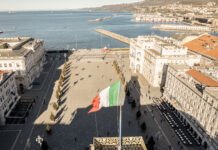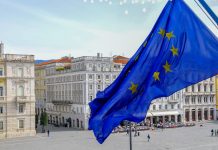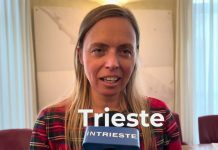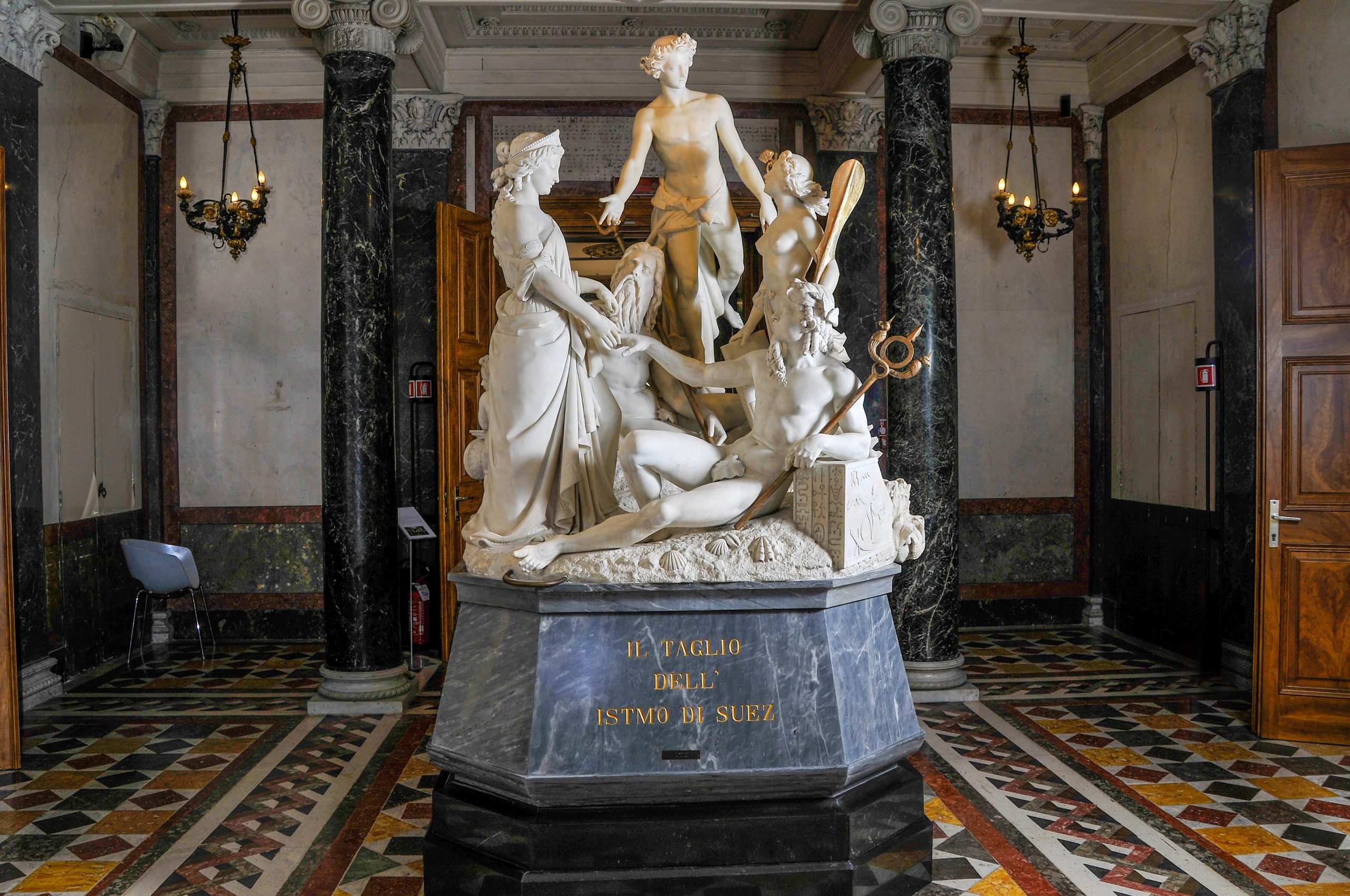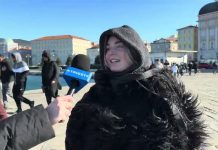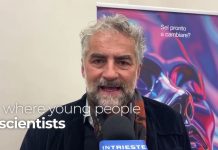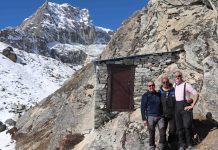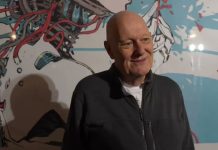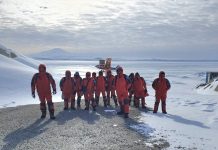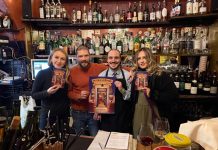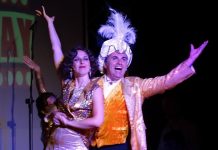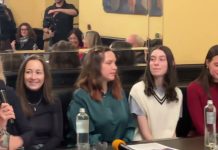interviews: Maximiliano Crocamo
Interviews: Professor Gianni Biolo, University of Trieste, Department of Medical, Surgical and Health Sciences; project coordinator; Dr. Luka Šlosar – Scientific Research Center of Koper, Slovenia; Professor Paolo Manganotti – Director of the Neurology Clinic, Cattinara Hospital (ASUGI, Trieste)
A team of Italian and Slovenian researchers has unveiled the results of a cross-border initiative aimed at improving rehabilitation for stroke patients through the use of innovative technologies, including virtual reality.
The project, known as X-BRAIN.net, was funded by the Interreg Italy–Slovenia program with a total budget of €750,000. It was coordinated by the Department of Medical, Surgical and Health Sciences at the University of Trieste, in collaboration with the Scientific Research Center of Koper, the Neurology Clinic of Cattinara Hospital in Trieste, and the General Hospital of Izola in Slovenia.
The initiative focused on the critical first days following a stroke, when targeted rehabilitation can make the difference between long-term disability and recovery. Researchers combined nutritional support, cognitive training using immersive virtual reality, and early physical interventions to counteract the effects of immobility and promote faster recovery.
“The multimodal approach,” said Gianni Biolo, professor at the University of Trieste and project coordinator, “integrated enhanced nutrition, virtual reality cognitive exercises, and pre-rehabilitation activities to preserve muscle mass and strength, while also supporting the brain’s natural reorganization processes.”
During the experimental phase, healthy volunteers with an average age of 68 underwent 10 days of bed rest, simulating the effects of immobility common after a stroke. Participants followed a higher-protein diet — 1.4 grams per kilogram of body weight per day compared with the standard 0.8 — and received a daily supplement of the amino acid leucine, which helps maintain muscle mass.
According to Luka Šlosar of the Scientific Research Center in Koper, the use of immersive, multisensory environments allowed participants to perform mental training exercises that preserved neuromuscular communication and supported central nervous system recovery.
The project also introduced an “active room” designed specifically for acute stroke patients, equipped with virtual reality systems that enable safe, motivating, and personalized rehabilitation. “Stroke is one of the leading causes of disability worldwide,” said Paolo Manganotti, director of the Neurology Clinic at Cattinara Hospital. “Starting rehabilitation immediately is essential. The interactive nature of these tools increases motivation and consistency, both key to recovery.”
The findings were presented at a public event held at the Narodni Dom in Trieste, the cultural center of the city’s Slovenian-speaking community.



